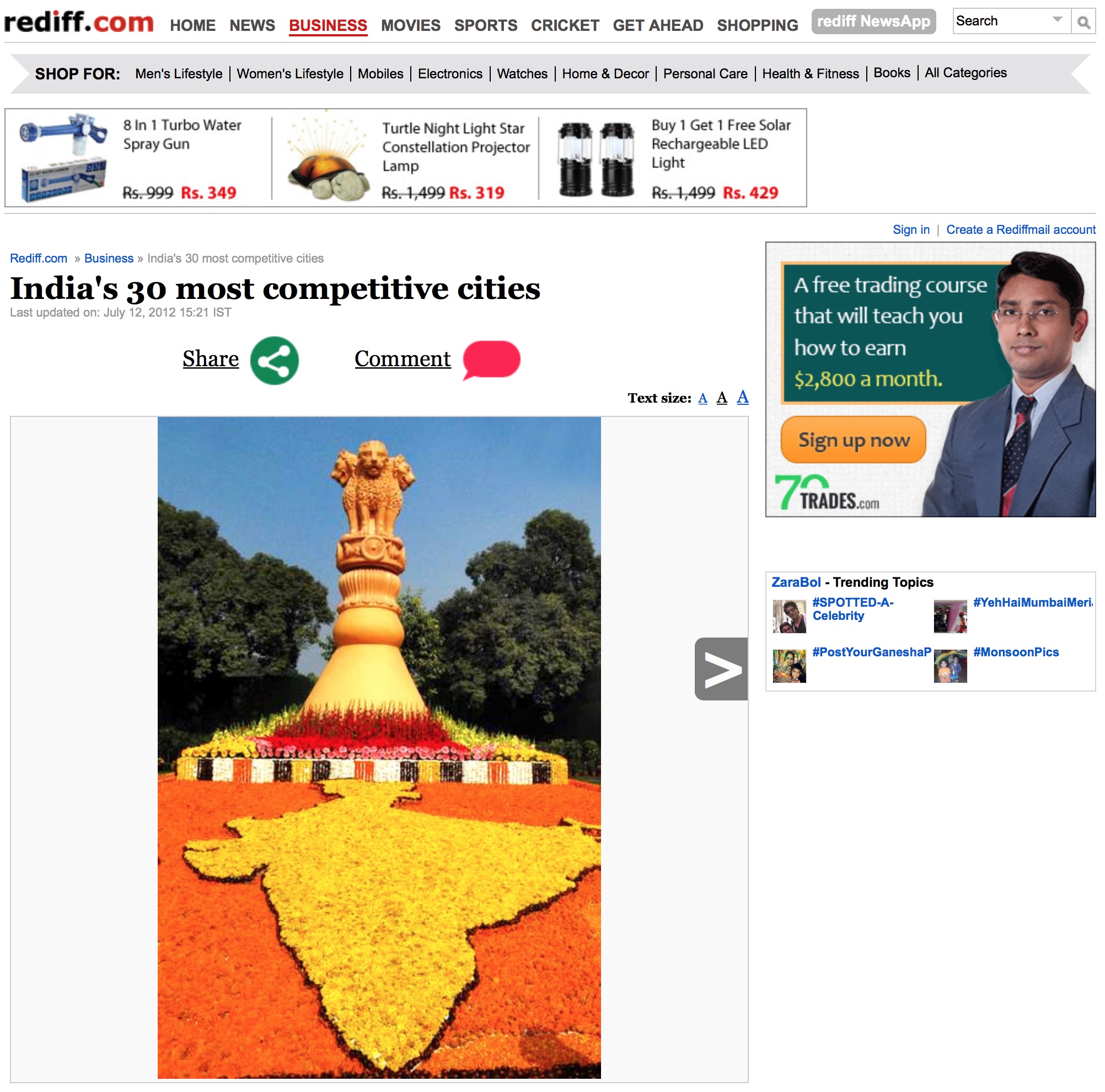The evolution of the television news is as important a milestone for humankind as was the postal system which offered the first proof of global connectivity. The television news industry has become prominent, expanding its reach to every house through television sets in recent years. In 2020, news channels comprised 43% of the total registered channels in India. Furthermore, in the same year news genre viewership was 10.4%, third after GEC and Movies and it saw an increase of 43% viewership during the first 26 weeks in 2020, compared to the corresponding period in 2019. Yet, the composition and mechanism of the television news industry remain unexplored. Therefore, the article attempts to understand the television news industry and its composition which is a complex intersection of multiple forces, often comprising contesting and concurring with each other.
Illuminating the television news industry is significant as it helps to understand industry structure as well as demonstrates how the industry works. Broadly, the television news industry is a complex web of different intersectional forces. The television news industry is highly competitive, and various television channels across Hindi, English and other languages comprise rivalry between existing competitors. The competition among these news channels is to acquire more viewers to pay attention to their channel and the industry is determined by intense rivalry for viewership. The “audience” of these news channels constitutes the power of buyers. However, along with viewers, advertisers have become one of the most significant forces as a buyer in the industry that affects the industry mechanism as well as content broadcasted. The revenue in the industry is generated through advertisements. However, the advertisements are dependent on the viewership of these news channels. As a result, a virtuous cycle of advertisers and viewers is created that drives the television industry.
One of the most critical components of the television news industry is advertisements. Even though the “buyers” within the industry are constituted by the viewers or audience of these news channels, the contestation between these news channels remains to pull more audiences to attract more advertisements to generate revenues. Recently, with the proliferation of the media industry around the country, drawing more advertisements at high prices has taken the front seat in the industry. According to TAM AdEX, in 2020 the news genre led with a 31% share of ad volumes followed by the General Entertainment Channels (GEC) genre with a 27% share. Hindi news remained the second-best language genre for ad volumes and grew its share of ad volumes to 6%. Therefore, high viewership becomes important to attract more advertisements as media agencies and advertisers look for viewership data and broad trends when they buy commercial time on news channels. However, it has been argued that the viewership data is not the defining force behind the advertisement revenue, and the pricing is dependent on other factors such as channel brand, quality, distributor demand and reputation built over the years. Nonetheless, viewership data remain an essential component in determining the advertisement.
With the changing digital landscape in India, the news channels are expanding their reach from Television screens through DTH to mobile phones, tablets and laptops through digital channels as well as programming on YouTube and Facebook. News channels have not only made live streaming of their channels available on OTTs and YouTube but now exclusive online channels and exclusive content are also made available to the digital audience. According to the FICCI-EY media and entertainment report of March 2021, the online news audience grew to 450 million in 2020. India has the second-largest digital population in the world at 468 million and time spent online increased by 32% in 2020. In 2020, online news had the widest reach with 454 million users across mobile and desktop users of news sites, portals and aggregators in comparison to 450 million online entertainment users. Additionally, in 2020 online news and magazine app downloads increased by 12%, signifying a shift from newspapers and television as sources of news to digital platforms.
Now the question arrives – with the rapid expansion of the news channel industry, how does the industry keep itself informed about how a particular enterprise in the industry is performing? It is done through a television rating system, where an agency measures the performance and viewership of various news channels. The television rating system holds the power to affect the structure of the television news industry. Such a rating system massively impacts the advertisement volumes attracted by the news channels. Notably, the viewership of news channels is now divided among various spectrums, from DTH to online platforms. However, the rating system just assesses the DTH viewership with limited sample size, without keeping up with the rapidly changing landscape and nature of the television news industry. Thus, it becomes imperative to have an unbiased rating system mechanism that is not ignorant of the changing scenarios. Instead of a rating agency having this immense power and ability to distort the fair competitive market. The situation demands the television news channels industry to wake up and find a new way to assess their performance, keeping up with the pace of expansion of their own industry.
The article was published with Economic Times on June 27, 2022.






















